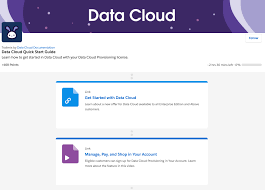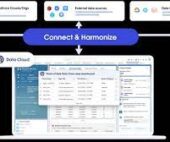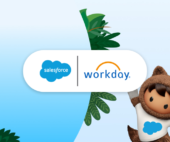AI Agents
Lessons Learned in the First Year of Developing AI Agents In the first year of working on AI agents, valuable insights emerged from direct collaboration with engineers and UX designers, as they iterated on the overall product experience. The objective was to create a platform for customers to use standard data analysis agents and build







